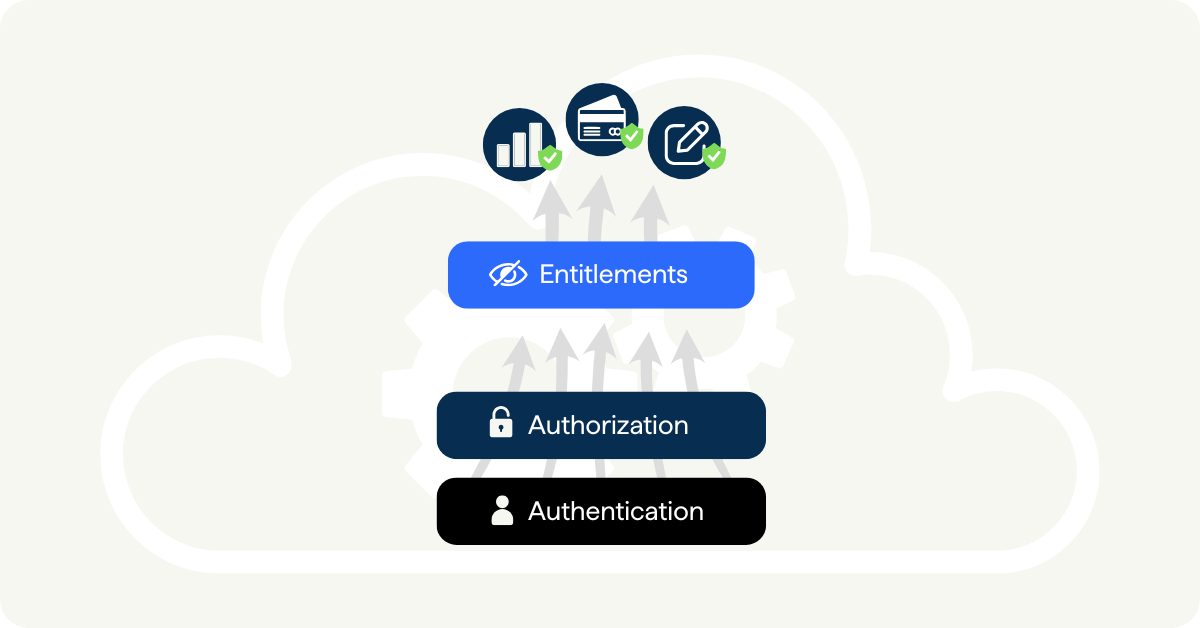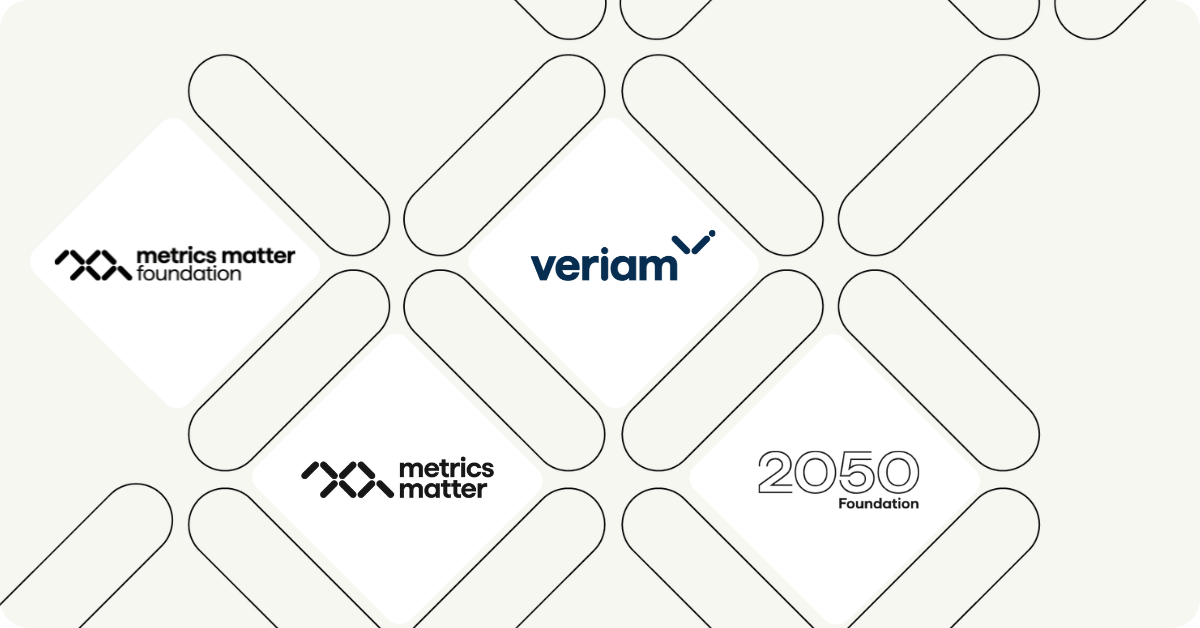Five CIAM challenges slowing SaaS growth
Customer Identity and Access Management (CIAM) isn’t just about logging in—it’s about trust, security, and a simple user experience. It’s the technology behind everything from registration and authentication to single sign-on (SSO), multi-factor authentication (MFA), and identity verification. Done well, CIAM keeps accounts secure while making life easier for both businesses and their users.
For SaaS providers, getting CIAM right is critical. A smooth, secure login experience can mean the difference between customer loyalty and churn. But it isn’t without its challenges. Integrating with existing platforms, managing security risks, ensuring compliance, and keeping the user experience simple can all be tricky to balance.
In this article, we’ll break down five major CIAM challenges SaaS companies face. And more importantly, how to solve them.
1. Integrating with existing platforms and tools
A CIAM system doesn’t work in isolation. It needs to integrate smoothly with your existing SaaS platform, so your users can move easily between authentication, access, subscriptions, and billing. The problem? Integration can be technically complex, especially when different tools don’t play well together.
For many SaaS companies, setting up CIAM isn’t a quick plug-and-play process. Successfully integrating a CIAM system to the product it manages access to can take months, not weeks. Implementation requires significant development time, and once it’s up and running, ongoing management is another challenge. Updates, patches, and troubleshooting all demand constant attention from your tech team.
Then there’s the issue of tool sprawl. Many businesses rely on separate systems for identity management, subscription handling, and contract management. Then, patching them together to create a working process. But the more tools involved, the more points of failure you introduce. If one system fails, it can lead to login issues, access delays, or billing errors, all of which disrupt the customer experience.
That’s why it pays to consolidate fragmented solutions. Instead of juggling multiple tools, an integrated platform that combines access management and subscription control ensures everything works together from day one. With real-time syncing between access permissions and subscription status, customers get instant access to what they’ve paid for without manual updates or troubleshooting. Less admin, fewer errors, and a smoother experience for everyone.
2. Scaling for growth
Scaling a SaaS business isn’t just about adding more users. It’s about managing complexity without creating bottlenecks.
As companies grow, they introduce new products, expand into new regions, and onboard more users with different access needs. But when access management is handled by a patchwork of tools, scaling becomes a challenge.
With separate systems for authentication, subscriptions, and billing, every change introduces new risks. Businesses must manually adjust integrations, ensure access permissions stay in sync, and manage compliance requirements across different regions. These gaps slow down growth and increase operational overhead.
This means that it’s essential to choose a CIAM solution designed for scalability. Cloud-based platforms are best suited for handling large, diverse user bases while supporting multi-region compliance. Role-based access control (RBAC) also helps businesses manage different user types efficiently without a constant need for manual intervention.
Flexible APIs can also handle changes without breaking existing workflows. A system that supports multi-region compliance and automated access updates ensures new users and policies can be added smoothly.
Another way to prevent scaling headaches? Minimize points of failure. The more disconnected tools you rely on, the more things can break. Consolidating your tech stack reduces the risk of access errors, login failures, and manual oversight—helping your business scale efficiently, without unnecessary operational strain.
Choosing a CIAM system designed for growth means fewer headaches down the road.
3. Ensuring compliance and security
Security and compliance aren’t optional for SaaS providers, they’re essential. Companies must adhere to strict standards like GDPR, PCI-DSS, and ISO to protect customer data and avoid hefty fines. But keeping up with evolving regulations while managing access across multiple tools is a major challenge.
Manually tracking compliance can be time-consuming and error-prone. A strong CIAM system automates key compliance features such as multi-factor authentication (MFA), encryption, and activity logging to strengthen security at every level. To stay audit-ready, businesses should also look for CIAM solutions that offer:
- Role-based access control (RBAC): Ensures users only have the permissions they need.
- Automated data retention policies: Helps businesses manage and delete data in compliance with regulations.
- Audit-ready reporting: Provides clear, traceable logs for compliance teams.
The right CIAM platform doesn’t just meet compliance standards, it makes it easier to maintain them without draining internal resources.
4. Enhancing the customer experience
A poor access experience can drive customers away. Slow onboarding, inconsistent login processes, and delayed access updates are all sources of frustration that lead to higher churn rates. Users expect a smooth, hassle-free experience from the moment they sign up.
One of the biggest challenges for SaaS providers is keeping access permissions aligned with subscription changes in real time. If a customer upgrades their plan but still faces restricted access, frustration builds quickly. This is why using a platform that has CIAM with built-in subscription management is a game-changer—it removes the burden on dev teams to build custom solutions for access updates.
Self-service features also improve UX by giving users control over their own accounts. When customers can manage their profiles, update subscriptions, and adjust access settings independently, they don’t need to contact support for every small change. This reduces ticket volumes and creates a better user experience.
Another key improvement? A smarter onboarding process. Instead of asking users for everything at once, gradually collecting data throughout the journey keeps things simple and prevents drop-offs. A CIAM system built with UX in mind helps businesses retain customers from day one.
5. Encouraging adoption among teams and customers
Even the best CIAM solution is useless if no one wants to use it. Resistance to new systems is common, both from internal teams who fear disruption and from customers who are hesitant to learn something new.
The key to driving adoption? Make it easy. A CIAM system should be simple to set up, integrate smoothly with existing processes, and provide clear support for users. Businesses should look for solutions that offer:
- Minimal setup complexity: No one wants to spend months configuring a CIAM system. A platform with flexible APIs and pre-built integrations reduces time-to-value.
- Clear documentation and training: Internal teams need to understand how the system works to use it effectively.
- User-friendly onboarding: Customers should be able to log in, manage subscriptions, and access products without extra friction.
Choosing a CIAM solution that is intuitive and well-supported means fewer barriers to adoption and a smoother transition for everyone.
Choose security, scalability, and user-friendliness
A great CIAM system balances security, scalability, and user experience. Businesses shouldn’t have to choose between compliance and convenience. Veriam makes it easy for SaaS providers to manage access while giving customers the control they expect.
With self-service features, real-time access updates, and a simple login experience, Veriam makes customer identity and access management easy. And, with built in Subscription Management and Contracting features, it’s designed to scale with your business.
Discover Veriam
Discover how Veriam can transform your SaaS operations. Try it today!



.webp?width=839&height=740&name=Vector%20(9).webp)
